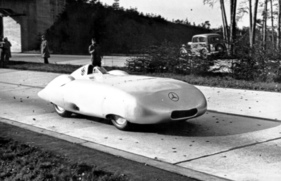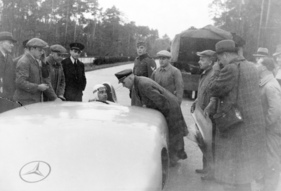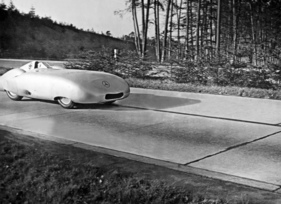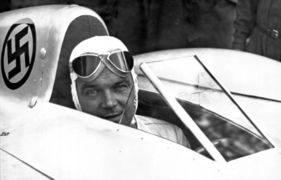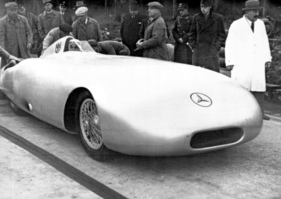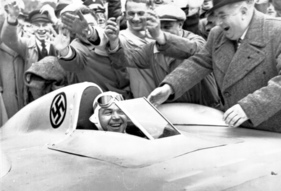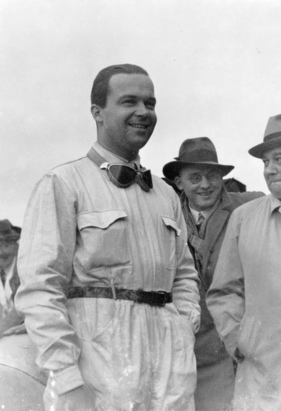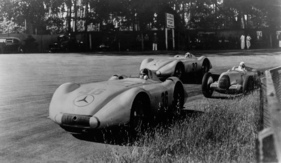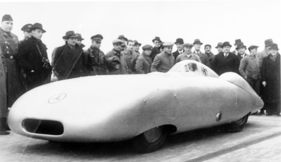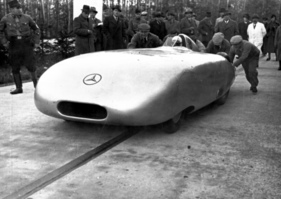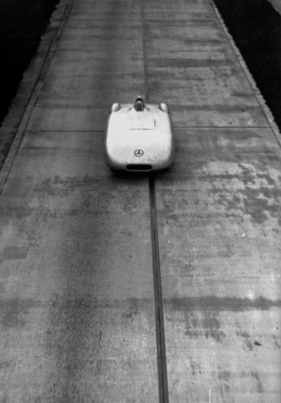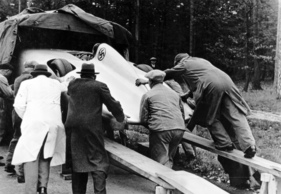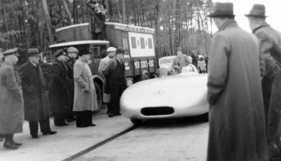The Mercedes-Benz record drives in the fall of 1936 and the odyssey of the car used to this day
Summary
In the autumn of 1936, Rudolf Caracciola set five international class records and one world record in a Mercedes-Benz record-breaking car with a V12 engine, a driving and technical masterpiece that cannot be praised enough. This report looks back at the events of that time and adds historical research into the world record car, supplemented with many contemporary and present-day pictures.
This article contains the following chapters
- The speed record 372.102 km/h in 1936
- Notes and continuation or 40 years of scrap metal
Estimated reading time: 9min
Preview (beginning of the article)
In the fall of 1936, Rudolf Caracciola set five international class records and one world record in a Mercedes-Benz record-breaking car with a V12 engine, a driving and technical masterpiece that cannot be praised enough. To mark the centenary, Mercedes Benz Classic summarized the results of the record-breaking drives (reproduced in full below. In the second part, the author adds his historical research into the whereabouts of the chassis and bodywork. A new record-breaking vehicle with streamlined bodywork and fully clad wheels as well as a new V12 supercharged engine with 453 kW (616 hp): Rudolf Caracciola, the 1935 European Grand Prix champion, set off on a record hunt for Mercedes-Benz in the fall of 1936. The mission succeeds. The racing driver achieved a top speed of 372.102 km/h on October 26, 1936, and on November 11, 1936, he set the new world record for 10 miles with a flying start at 333.489 km/h. In total, Caracciola improves five existing international class B records for vehicles with 5 to 8 liter displacement and sets a new world record.
Continue reading this article for free?
Photos of this article

